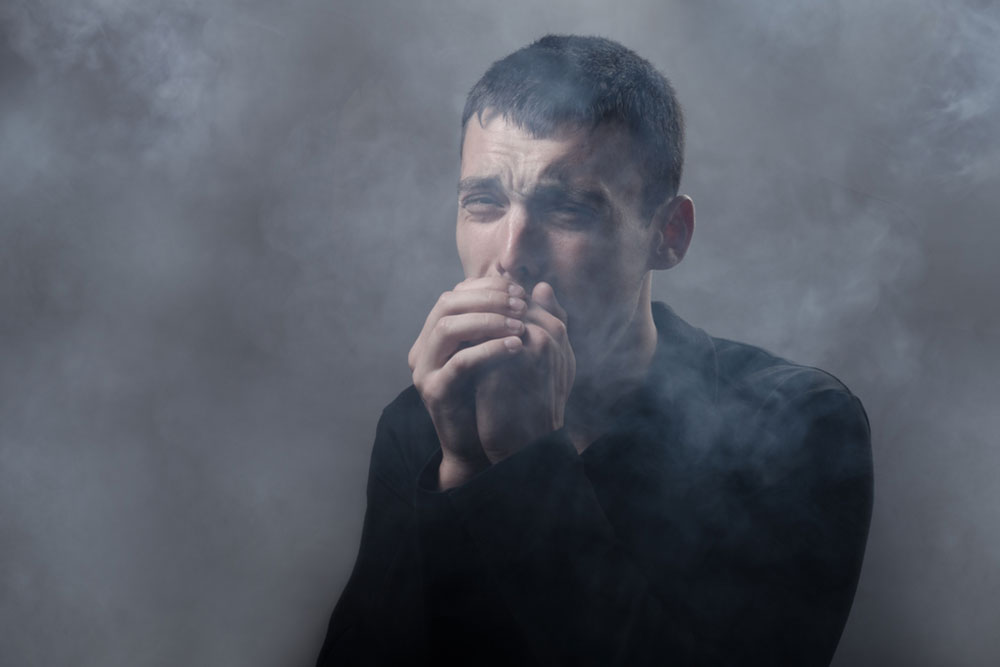Understanding Nicotine Withdrawal: Signs and Management for Smokers
This article explores the common withdrawal symptoms experienced by smokers when quitting, including mood swings, cravings, and physical discomfort. It discusses the timeline of withdrawal, coping mechanisms like nicotine replacement therapies, and triggers that can cause cravings. The piece emphasizes the importance of seeking professional medical advice and highlights the challenge of managing long-term symptoms. Aimed at helping smokers understand and navigate withdrawal, it provides practical insights into quitting effectively and healthily.

Understanding Nicotine Withdrawal: Signs and Management for Smokers
Quitting smoking often presents significant challenges due to withdrawal symptoms. These effects are caused by the absence of nicotine, leading to notable changes in mood, behavior, and physical health. Many individuals experience cravings, mood swings, and physical discomfort when they stop smoking, especially if they relapse. To ease these symptoms, smokers frequently use nicotine replacement therapies such as patches, gum, lozenges, inhalers, and sprays.
The main withdrawal effects include:
Intense craving to smoke
Feelings of depression
Sleep disturbances
Irritability and frustration
Heightened anxiety
Difficulty focusing
Restlessness
Heart rate may decrease
Appetite increase leading to weight gain
Lower levels of adrenaline and cortisol
Symptoms typically start within 24 hours after quitting, peaking during the first week, and gradually diminishing over a month. However, some individuals may experience persistent symptoms for weeks or months, even up to six months following cessation.
Additional Symptoms
Some people report cough, sneezing, headaches, sore throat, ear discomfort, and fatigue during withdrawal.
Cravings often stem from nicotine deficit and are triggered by familiar routines, places, or social settings associated with smoking.
Triggers include specific environments, routines, or habits like drinking coffee, talking on the phone, or socializing with smokers.
Occasional lingering urges to smoke can persist long after quitting, but engaging in other activities usually reduces these cravings.
Important Notice:
The information provided on symptoms, treatments, and health effects is for educational purposes only. Readers should not consider this as medical advice. Always consult licensed healthcare professionals for proper diagnosis and treatment options.










